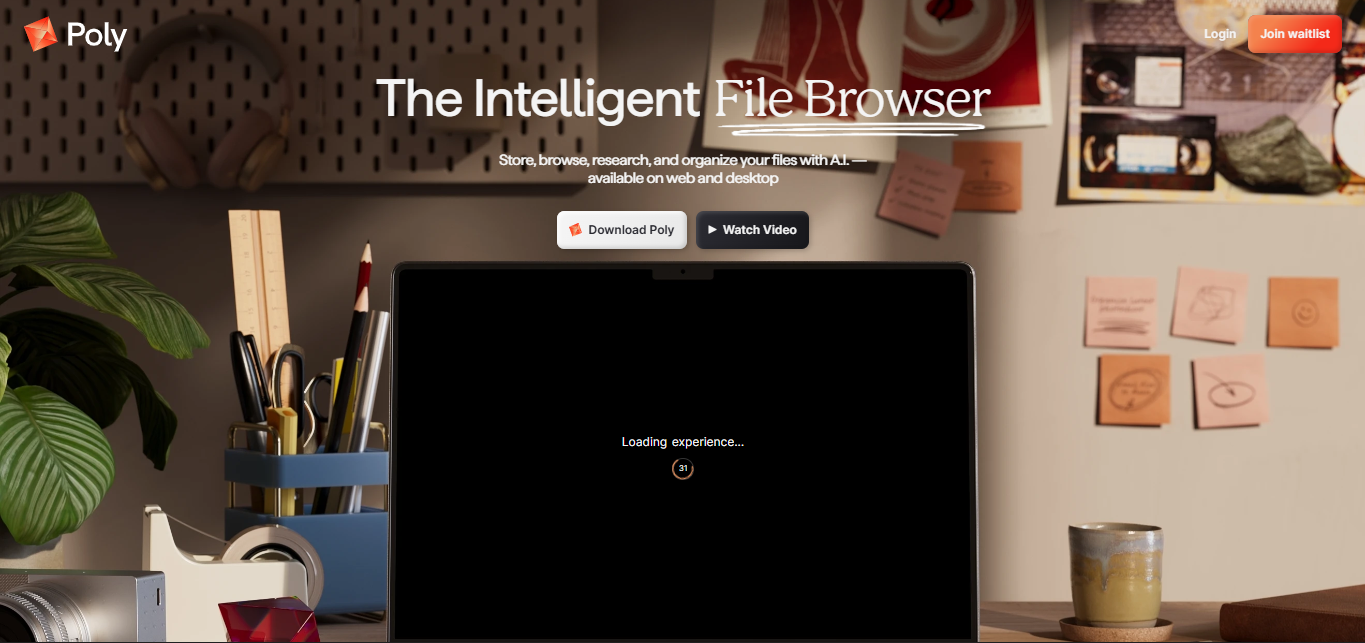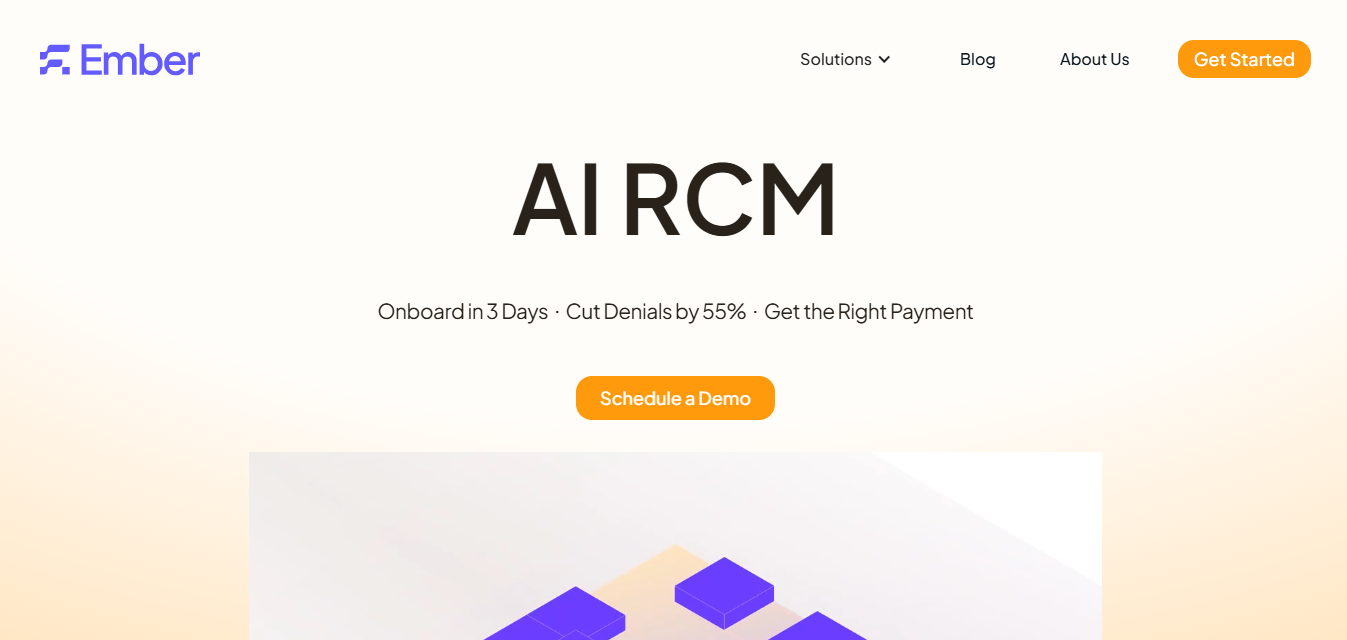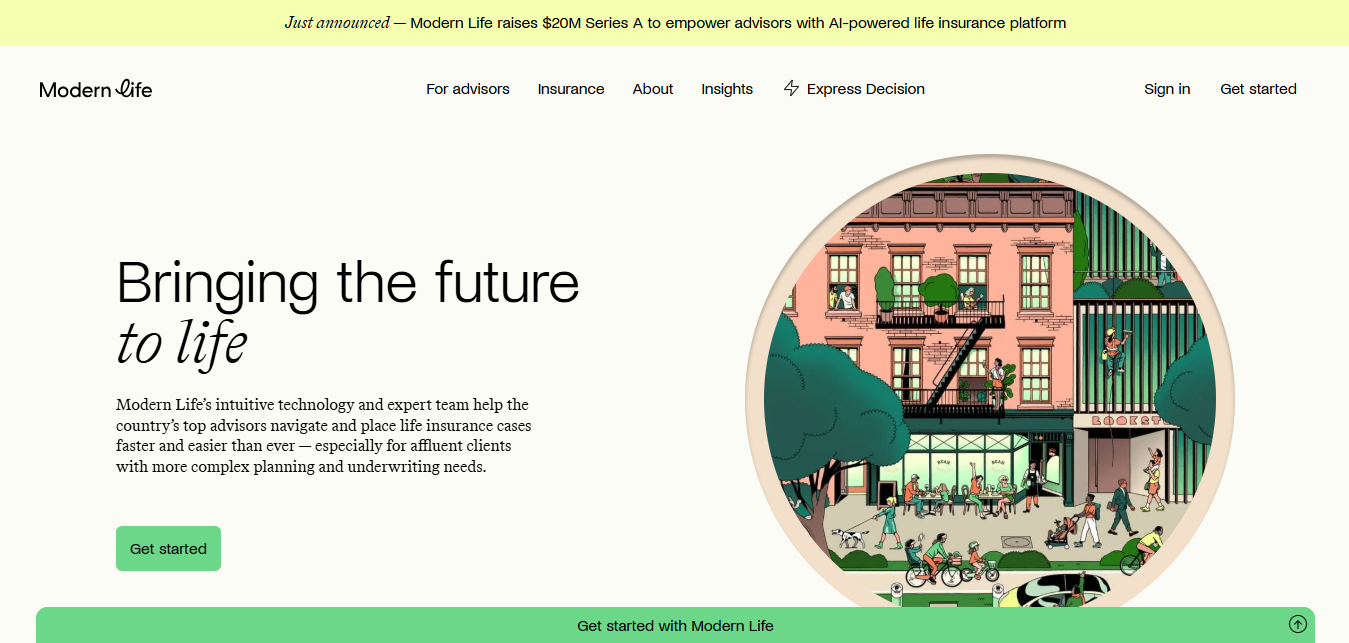
In a move that signals how fast professional identity is evolving, Bloom, founded by Charlie Varley, just announced its $1.6 million pre-seed raise to create a decentralized, Web3-native alternative to traditional career platforms like LinkedIn.
The round was led by Lightspeed Faction and joined by an impressive list of backers: Stani Kulechov (Aave founder), Outlier Ventures, Delta Blockchain Fund, CoinTelegraph, APX (Axel Springer and Porsche), Plassa Capital, and Paul Taylor. It’s a major vote of confidence for a platform that’s trying to fundamentally redefine what professional reputation looks like in a world that’s moving from resumes to wallets.
A Web3 LinkedIn? Not Quite - It’s Bigger Than That
While the tagline might tempt you to call Bloom the "LinkedIn for crypto," what it’s really building is something much broader: a networked reputation layer for Web3.
Think: on-chain credentials, decentralized identity, community validation, and tokenized endorsements - all tied back to an individual’s provable contributions across DAOs, projects, and on-chain activity.
Bloom enables professionals to:
- Collect on-chain proof of participation in DAOs, hackathons, grants, bounties, and more
- Build a decentralized profile that aggregates wallet activity, credentials, and social rep
- Get discovered by teams, protocols, and founders looking for talent in real time
In short, Bloom isn't just a place to display what you’ve done. It’s an on-chain signaling system for skills, credibility, and availability. One that lives natively in the crypto ecosystem.
The Talent Layer is the Next Primitive
Here’s where founders should lean in. The Web3 stack has matured rapidly across infrastructure, DeFi, L2s, and consumer apps. But the talent layer - how contributors are discovered, validated, and retained - remains deeply fragmented.
And this is the delta Bloom is attacking.
One of the most powerful ideas they’re leaning into: Proof-of-work doesn't need to be mined; it can be verified socially. With Bloom, instead of a resume, your reputation is a set of badges, attestations, and interactions - curated by your actions, backed by your network, and visible to anyone.
This insight isn’t just UX - it’s protocol-level thinking. Projects can now build trustless referral systems, decentralized recruiting models, and incentive-aligned contributor funnels - all by tapping into Bloom’s identity layer. The startup isn’t just building a platform, it’s building infra.
Founders entering reputation tech can learn here: don’t build for static CVs. Build for dynamic proof of doing, and design in a way that lets communities co-validate achievements.
The Rise of On-Chain Identity
The timing couldn’t be better. As Web3 expands beyond DeFi and into real-world utility, identity and reputation have become central to scalability. From DAO governance to grants, from bounty matching to community moderation, knowing who is credible without KYC is the holy grail.
Bloom’s approach aligns perfectly with this need. It lets users:
- Aggregate credentials from Gitcoin, Farcaster, Lens, and Snapshot
- Link wallet history to contributions and roles
- Opt into discovery without revealing sensitive personal data
And the privacy-first design gives Bloom an edge: decentralized identifiers (DIDs) and zero-knowledge proofs are on the roadmap, meaning users will retain sovereignty over their data, while still signaling trust.
In addition, Web3 is increasingly integrating reputation signals into incentive systems - Bloom offers a way to ensure those signals are composable, portable, and verifiable across networks.
Web3’s Hiring Gap is a $3.5B Opportunity
As of 2025, the Web3 talent market is projected to cross $3.5 billion, according to Electric Capital and Chainalysis data. Despite the market corrections of 2022–2023, the appetite for crypto-native talent remains strong.
Consider:
- There are 18,000+ open roles across crypto, DeFi, gaming, and AI infra
- DAO contributions have increased 67% YoY, per DeepDAO
- 73% of Web3 projects say finding and vetting talent is their top bottleneck
At the same time, nearly 82% of contributors report frustration with lack of discovery, reputation portability, and clarity of work history. Bloom's infrastructure directly addresses these frictions.
Bloom is tackling this with product-led matchmaking. Founders and contributors don’t just browse profiles - they receive personalized matches based on credentials, project history, wallet behavior, and even governance alignment.
That level of contextual discovery could flip the Web3 hiring funnel on its head - replacing "post-and-pray" hiring with algorithmic curation based on provable contributions.
What’s Next for Bloom
With new funding, Bloom is doubling down on:
- Expanding integrations with ecosystems like Base, Polygon, Arbitrum, and Optimism
- Launching its protocol SDK to help DAOs and projects tap into Bloom’s rep graph
- Building a community-curated badge system for skills, soft traits, and vibes
- Enhancing privacy features and zero-knowledge credentialing
Founder Charlie Varley, who previously helped scale product at companies like Status and across multiple L1s, brings deep Web3 UX and governance experience to the table. His vision is simple yet profound:
"We’re not building a job board. We’re building the layer where proof-of-work and reputation become the same thing."
The team believes that in the age of decentralization, professional identity should be owned, not rented. And with Bloom’s modular infrastructure, that vision is finally within reach.
If they pull it off, Bloom won’t just be a new LinkedIn. It’ll be the decentralized identity layer for the future of work.









